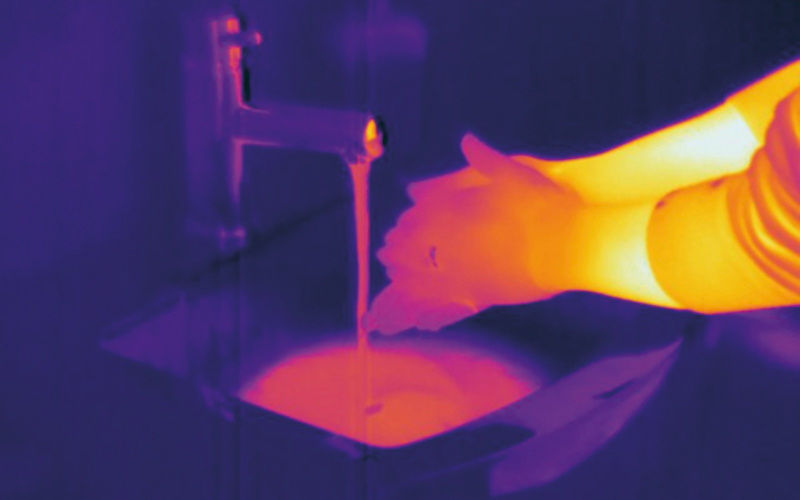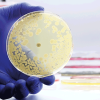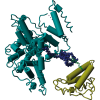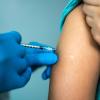Findings from a pilot study suggest that portable thermal imaging cameras might provide a new approach to assessing and improving hand-hygiene practices among healthcare professionals (HCPs).

“Effective hand hygiene is recognised as the single most important act to prevent the transmission of potentially pathogenic microbes in the healthcare setting, but there is no widely adopted method for assessing the effectiveness of healthcare professionals’ hand hygiene technique,” said John Boyce, a study author. “Our study shows that thermal imaging shows promise as an approach that warrants additional research to determine if it can be used for routine monitoring of hand hygiene technique to improve patient care.”
Using an infrared camera attached to an iPhone, they obtained thermal images of 12 HCPs’ dominant hands, recording baseline readings of the mid-palm area, the tips of the third finger and thumb before and then at multiple time points after the study participants performed hand hygiene with alcohol-based hand sanitiser (ABHS) .
The images revealed significant decreases in mid-palm, finger and thumb temperatures after the hand hygiene was performed (P < 0.01 for all sites), confirming that the infrared camera was capable of detecting colour changes that reflected drops in temperature. The researchers also found that when participants performed ABHS without including their thumbs, a lack of colorimetric change in the thumbs was visible in the resulting thermal images.
Image credit | Science-Photo-Library




